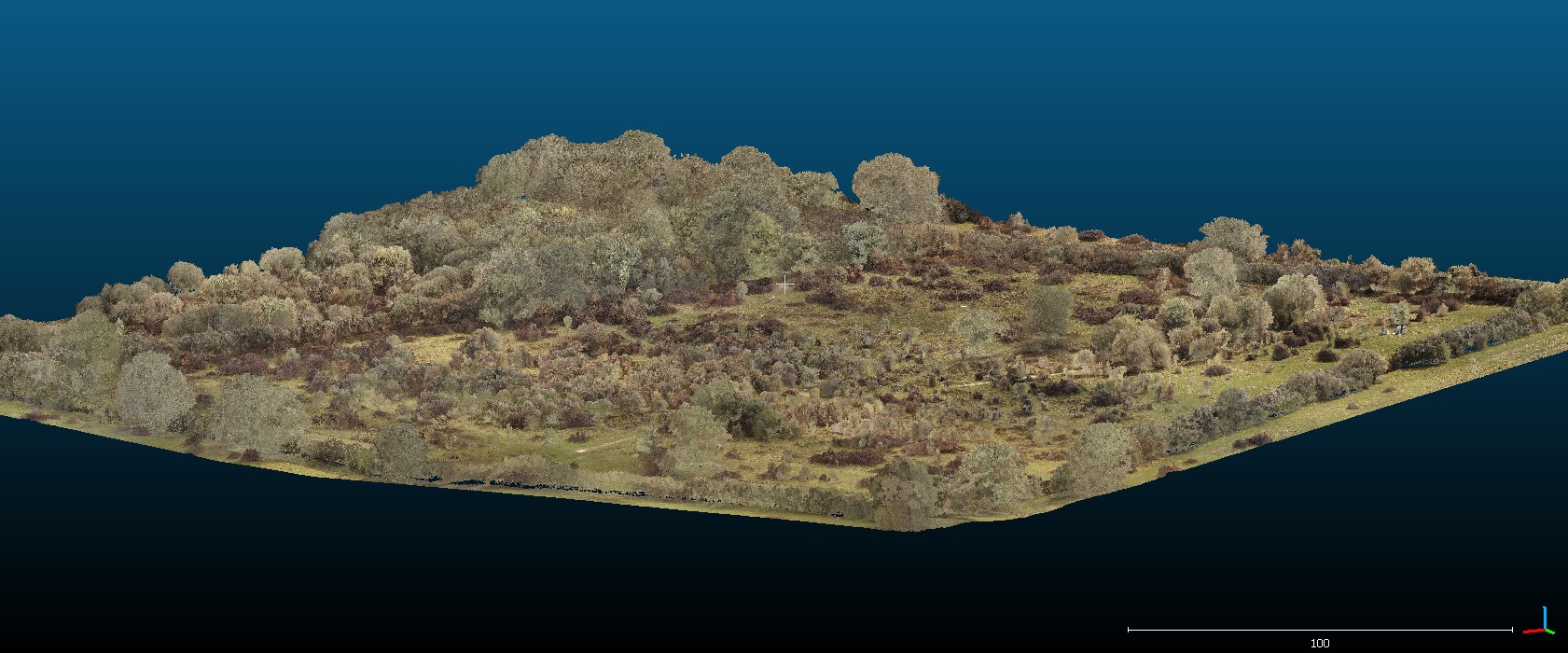Released earlier this month, as a landmark report, the findings of the Knepp Wildland Carbon Project demonstrate the effectiveness of rewilding as an investable nature-based climate solution.
The research was funded by Defra and the Environment Agency through the Natural Environment Investment Readiness Fund and brought together UK rewilding pioneers the Knepp Estate, global sustainable development consultancy Arup, natural capital experts Nattergal, soil carbon analysts Agricarbon, carbon removal company Treeconomy and scientists from Queen Mary University of London's School of Geography.
The report highlights how rewilding scrub and grassland sequesters and stores large volumes of atmospheric CO2 over at least the first 20 years. Estimated carbon sequestration rates were found to be comparable to those for a newly planted native woodland. The results should help pave the way for investors and private sector actors to invest in a greater diversity and scale of habitat restoration projects.
Dr Alex Henshaw, Reader in Physical Geography at Queen Mary University of London explained the team's role in the project: "Our research as part of the Knepp Wildland Carbon Project had two main elements. First, assessing the potential of low-cost commercial drones and photogrammetric reconstruction techniques as a solution to long-term monitoring of natural vegetation regeneration and related carbon storage at rewilding sites."

"The spatial and temporal dynamics of vegetation development at rewilding sites are inherently uncertain and we need remote sensing methods capable of dealing with this. We've shown that imagery from off-the-shelf drones can be used to produce accurate 3D models of emergent scrub and pioneer woodland, establishing the viability of this low-cost monitoring approach for rewilders. Second, we used a drone-mounted lidar system to capture the detailed vertical structure of different scrub types and used this to estimate the amount of carbon captured and stored through the natural regeneration of vegetation at the site."
Read the full Knepp Wildland Carbon Project Report here






